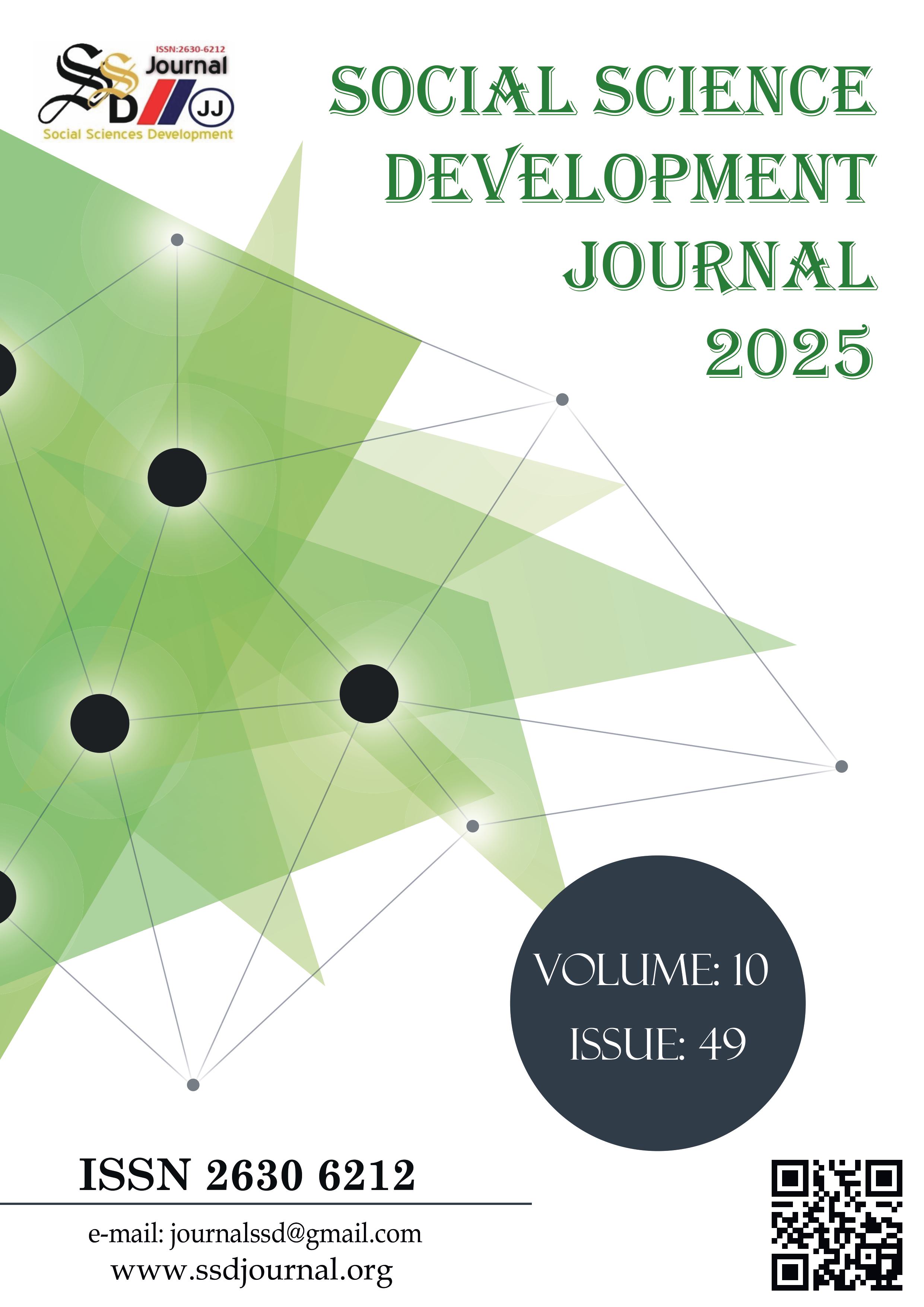THE PSYCHOLOGICAL BATTLEGROUND OF NARCISSISTS: MANIPULATION
DOI:
https://doi.org/10.5281/zenodo.15002607Keywords:
Narcissistic Personality Disorder, Manipulation, Psychological WarfareAbstract
ABSTRACT
Narcissistic Personality Disorder (NPD) takes its name from the Greek myth of Narcissus, a young man who fell in love with his own reflection and met a tragic end due to his obsession. Individuals with NPD are characterized by an excessive sense of self-importance, empathy deficits, and a constant need for validation. This disorder was scientifically established through the work of Sigmund Freud and was defined in the DSM-III in 1980. The origins of narcissistic individuals often stem from a lack of attention and affection during childhood. These individuals seek to gain control in relationships by manipulating others through emotional vulnerabilities. The concept of manipulation comes from the Latin word “Manipulus,” meaning “to guide” or “to skillfully manage.” Throughout history, manipulation has been defined as the effort to direct others for personal gain. In individuals with narcissistic personality disorder, manipulation emerges as a result of empathy deficits and a desire for control. Narcissistic individuals use tactics such as making others feel guilty, deception, and asserting superiority to manipulate situations for their own benefit. This study, conducted through document analysis, aims to help better understand the manipulation processes associated with narcissistic personality disorder and to raise awareness of the detrimental effects these behaviors have on individuals’ mental health, relationships, and social life. Additionally, the goal is to minimize these effects by fostering greater awareness and promoting mental health and healthy social interactions.
References
American Psychiatric Association. (2013). Diagnostic and statistical manual of mental disorders (5th ed.). American Psychiatric Association.
Atay, S. (2009). Narsistik kişilik envanteri (NPI)’nin Türkçe formunun geçerlik ve güvenirlik çalışması. İstanbul Üniversitesi.
Bernays, E. L. (1928). Propaganda. H. Liveright.
Freud, S. (1930). Civilization and its discontents. W. W. Norton & Company.
Kernberg, O. F. (1975). Borderline conditions and pathological narcissism. Jason Aronson.
Kohut, H. (1977). The restoration of the self. International Universities Press.
Millon, T. (1981). Disorders of personality: DSM-III and beyond. Wiley-Interscience.
Penney, L. M. (2002). Narcissism and its effects on the workplace. Journal of Applied Psychology, 87(5), 1192-1202.
Rogers, C. R. (1951). Client-centered therapy: Its current practice, implications, and theory. Houghton Mifflin.
Timuroğlu, S., & İşcan, E. (2008). Narsistik kişilik bozukluğu ve liderlik özellikleri. Personality and Individual Differences, 45(3), 249-254.
Greenberg, L. S., & Watson, J. C. (2006). The emotional focus of treatment of narcissism. Journal of Clinical Psychology, 62(6), 767-781.
Horton, D. E., & Zeigler-Hill, V. (2018). Narcissism and social support: Exploring the relationship between narcissistic traits and social connections. Personality and Social Psychology Bulletin, 44(6), 817-830.
Downloads
Published
How to Cite
Issue
Section
License
Copyright (c) 2025 Emel SUNAR, Meryem KARAAZİZ

This work is licensed under a Creative Commons Attribution 4.0 International License.



